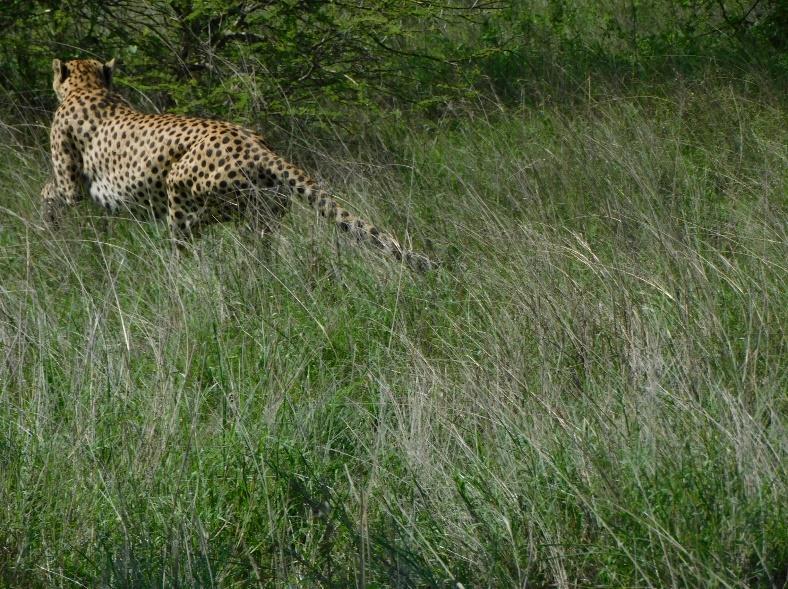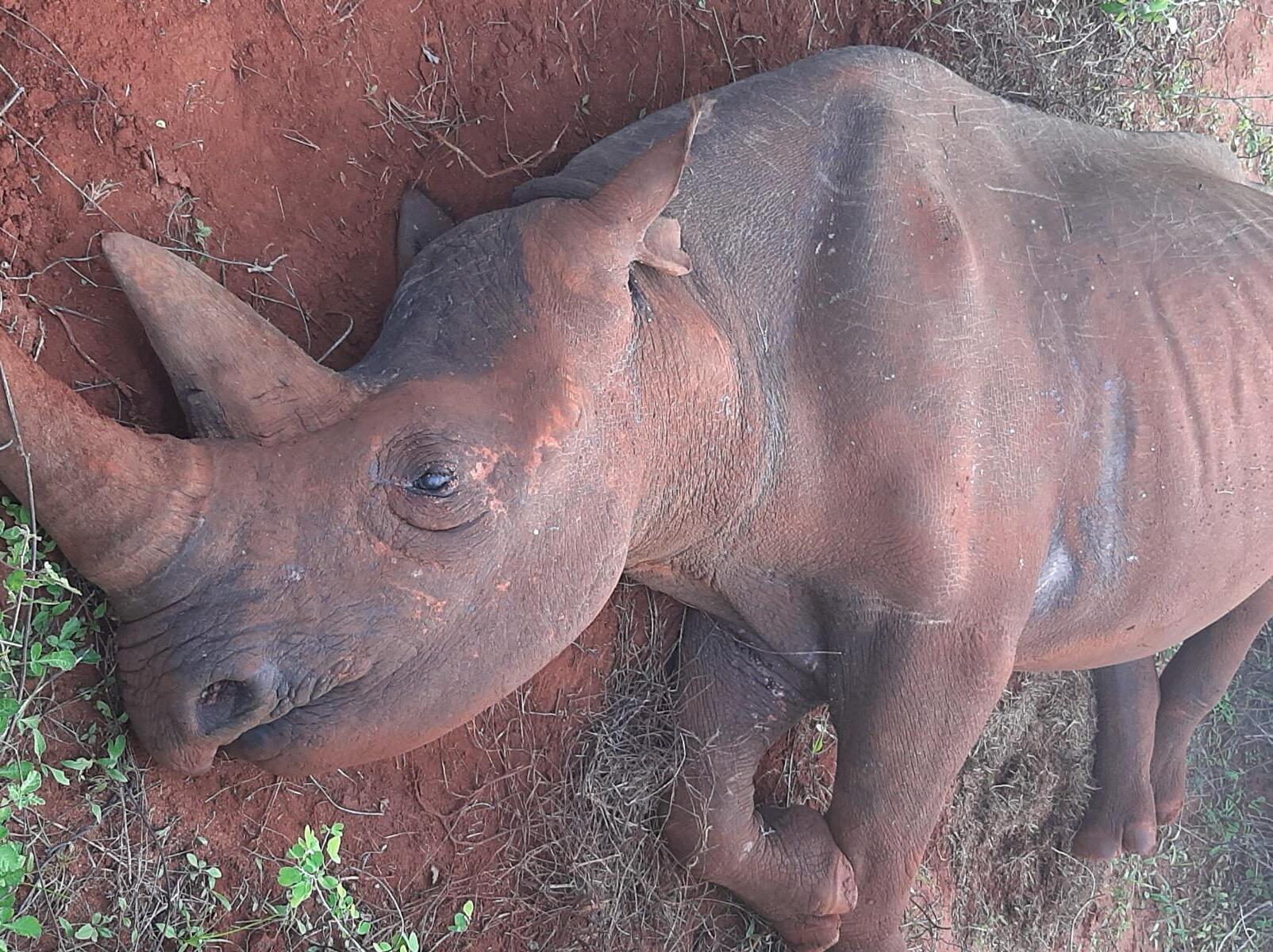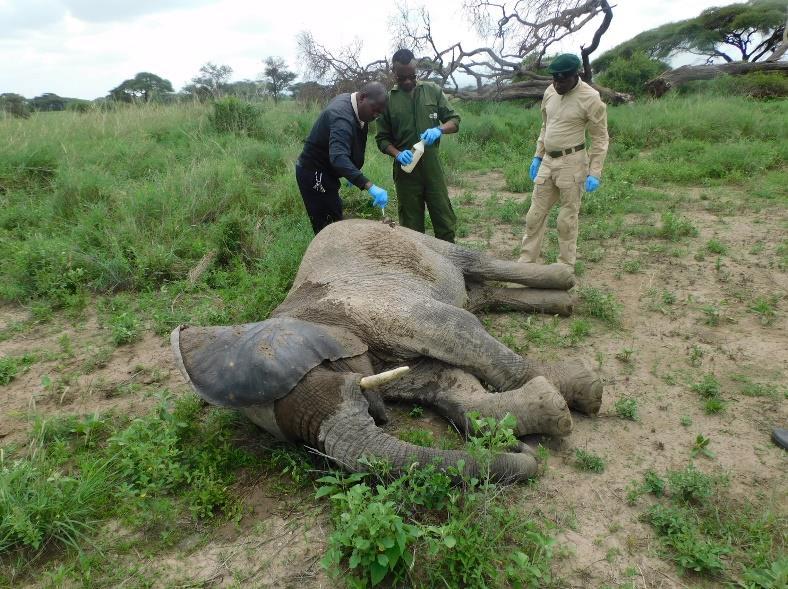
NOVEMBER - DECEMBER 2024




November/December Report by Dr. Kariuki Edward
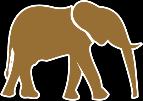
Amboseli/Tsavo and Chyulu Conservation Area received rains amid warm weather in November 2024 and good rains in December 2024. The rains likely allowed wildlife to move into areas that were impassable or had plenty of vegetation and water and hence had little interaction with humans for observation or injury.
Four cases of veterinary importance were attended during this period and were predominantly natural by nature. The first case was sampling of Hirola antelopes that are endangered and constitute a small population that is always on the decline. Thirteen Hirola antelopes were sampled for genetic evaluation and hopefully, this will explain the decline experienced in the population in Tsavo East National Park. A cheetah in Chyulu Hills was treated following a territorial fight with the other males. A postmortem examination was conducted on a rhino that died of gastric impaction. Lastly, the Unit treated an elephant that was suffering from an abdominal tumour. The elephant was treated in Kimana sanctuary but unfortunately died later during the month. The disturbance of the tumour during the treatment likely led to profuse bleeding and hence likely to be the cause of death. Otherwise, no other cause could be established.
Acknowledgement
We thank Sheldrick Wildlife Trust (SWT) for material support and Mobile Unit funding. KWS Staff and BLF rangers at Chyulu. Others not mentioned but supported the monitoring of distressed wildlife in areas of interest are highly acknowledged and appreciated
Case Details
SWT/KWS Amboseli Mobile Vet Unit Treatment Locations
November 2024
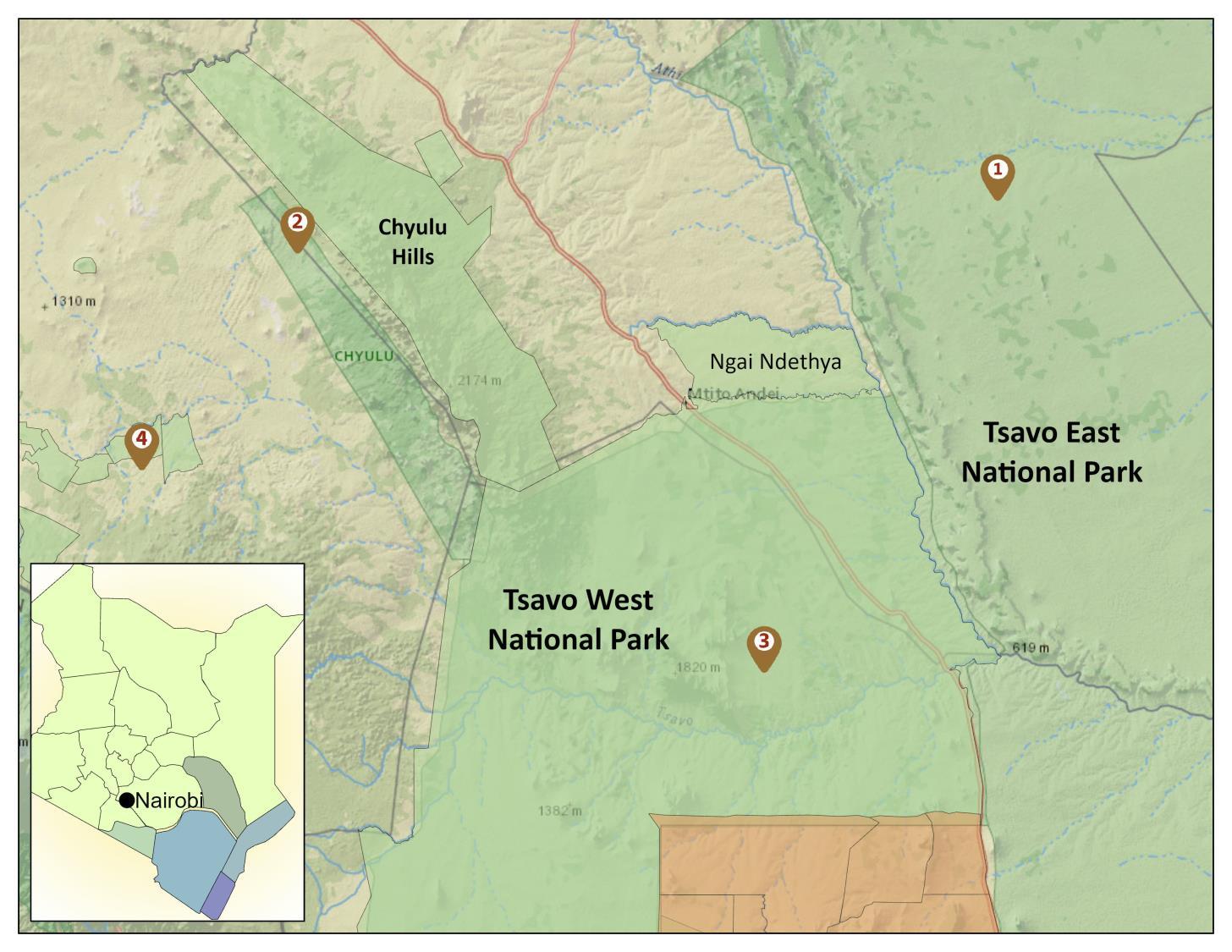
Hirola Research/Survey
Chyulu Hills
The population of Hirola antelope has been stagnant for ages. A study on genetics was devised to explore genetics and inbreeding vigour.
Sampling
The antelopes were sampled in their natural state and environment. Biopsy darts were shot and bounced darts were collected for biopsy examination and retrieval. Below is a table showing the individuals sampled alongside the ones sighted.
Conclusion
Samples were collected from thirteen antelopes. During the field study, 39 individuals were sighted from multiple herds.
The Hirola population in Tsavo East National Park is likely less than a hundred individuals (76 from our estimation). Unfortunately, we were not lucky to see all existing herds during our fieldwork.

Cheetah Natural Causes
Chyulu Hills
One BLF rangers reported an injured cheetah to AMVU. The vet was airlifted from Voi to Chyulu for the cheetah treatment. A vehicle was additionally used to assist in the darting of the injured cheetah.


Immobilisation, examination and treatment
The cheetah was found under an acacia tree and darted from a vehicle. The cat was successfully immobilized using a combination of 120mg of Ketamine HCl and 6mg of Medetomidine.
The cheetah had a tear wound on the paw and a smaller one along the spine. The wounds resulted from a territorial fight with other males. The wound was irrigated with Iodine solution. Amoxicillin injection and Oxytetracycline spray were applied to cover for bacterial infection.
Revival and prognosis
The cheetah was revived using Atipemazole (an antagonist for the immobilisation drug) and favourably woke up after drug administration. Prognosis is good.

